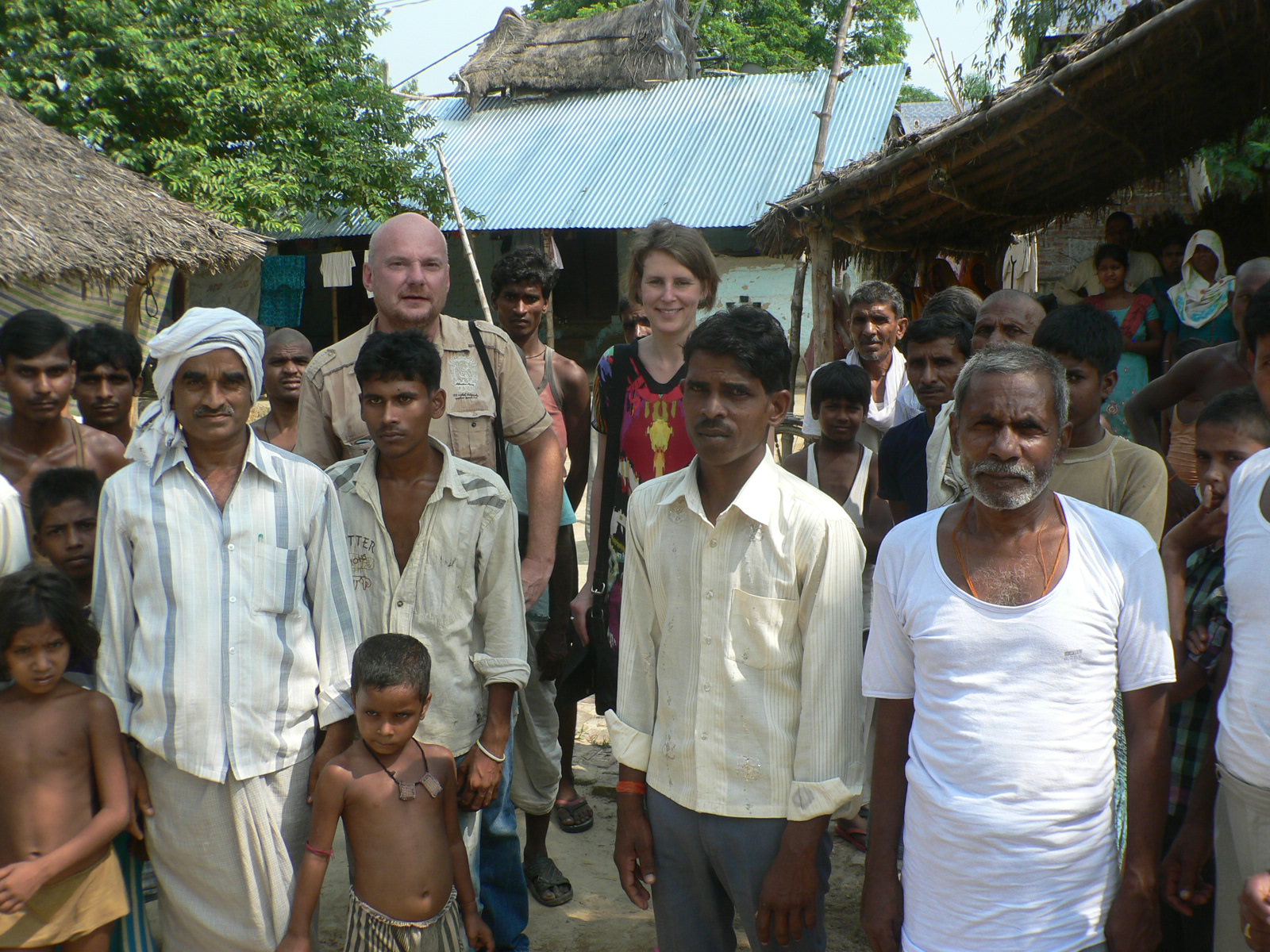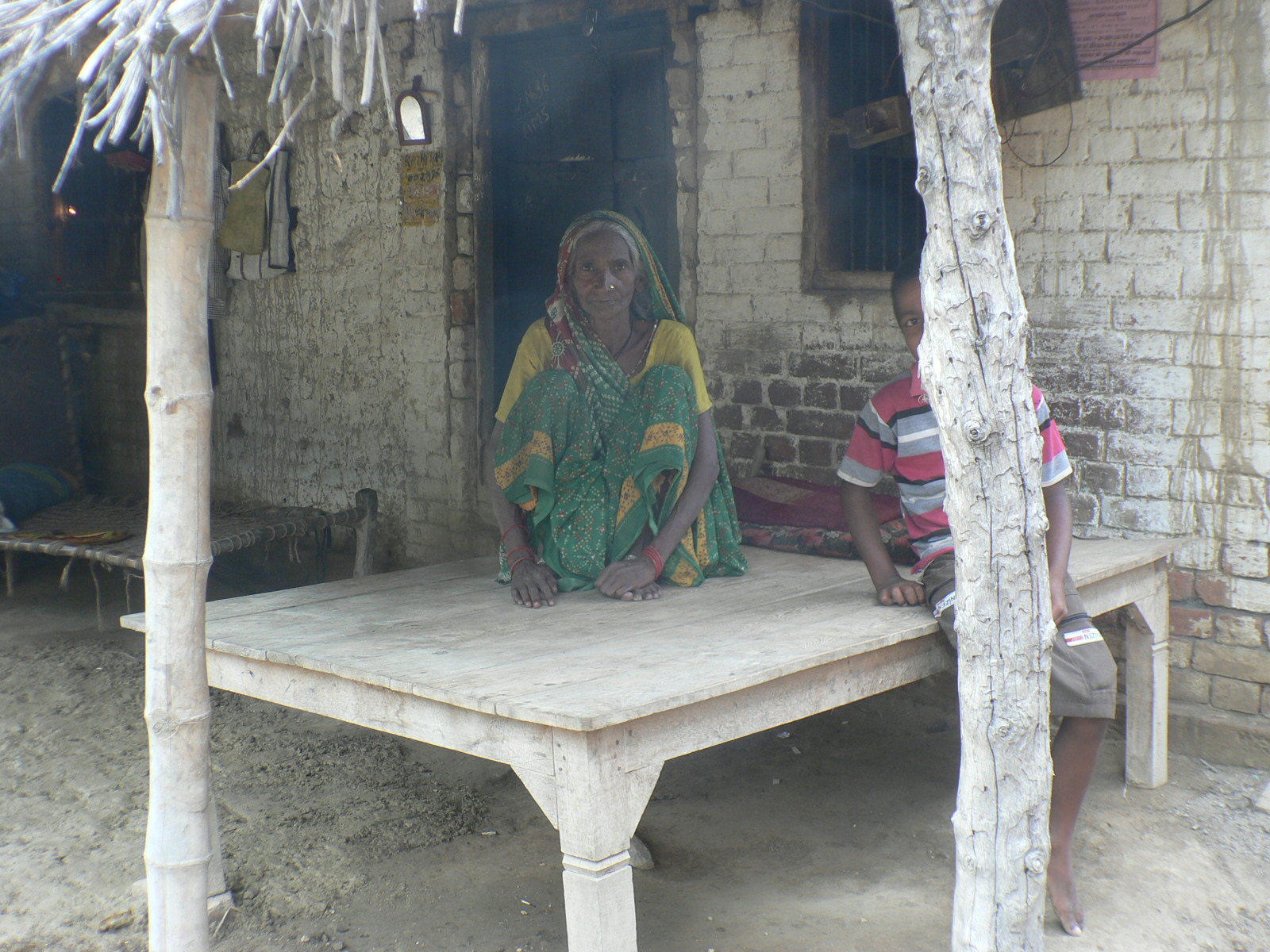
Non-communicable diseases (NCDs) cause 63 percent of all cases of death in the world. That is equal to 36 million people per year. Nine million people die prematurely every year — even before the age of 60 — because of NCDs.
People from developing countries suffer the most: 90 percent of the people who die before the age of 60 come from middle and low income countries. The World Health Organization (WHO) estimates that without preventive measures 52 million people will die because of NCDs before the year of 2030.
In India, the second largest country of the world, non-communicable diseases are responsible for two thirds of the total burden of disease (66.7 percent in 2010, 53 percent of all death). Not only a country's people but also its economy is affected: According to a WHO report $236 billion of the national income of India between 2005 and 2015 will be lost because of the incidence of NCDs.
Public health experts provide various reasons for the increase of NCDs: In developing countries the standard of living has become more and more similar to that in the developed world. Social class also influences disease risk. The lower the social class the higher the disease risk — in developed and countries. Poor food choices and high tobacco and alcohol consumption occur more often with people from lower social classes. Lastly, many people from developing countries have no form of health insurance—and therefore little access to healthcare.


